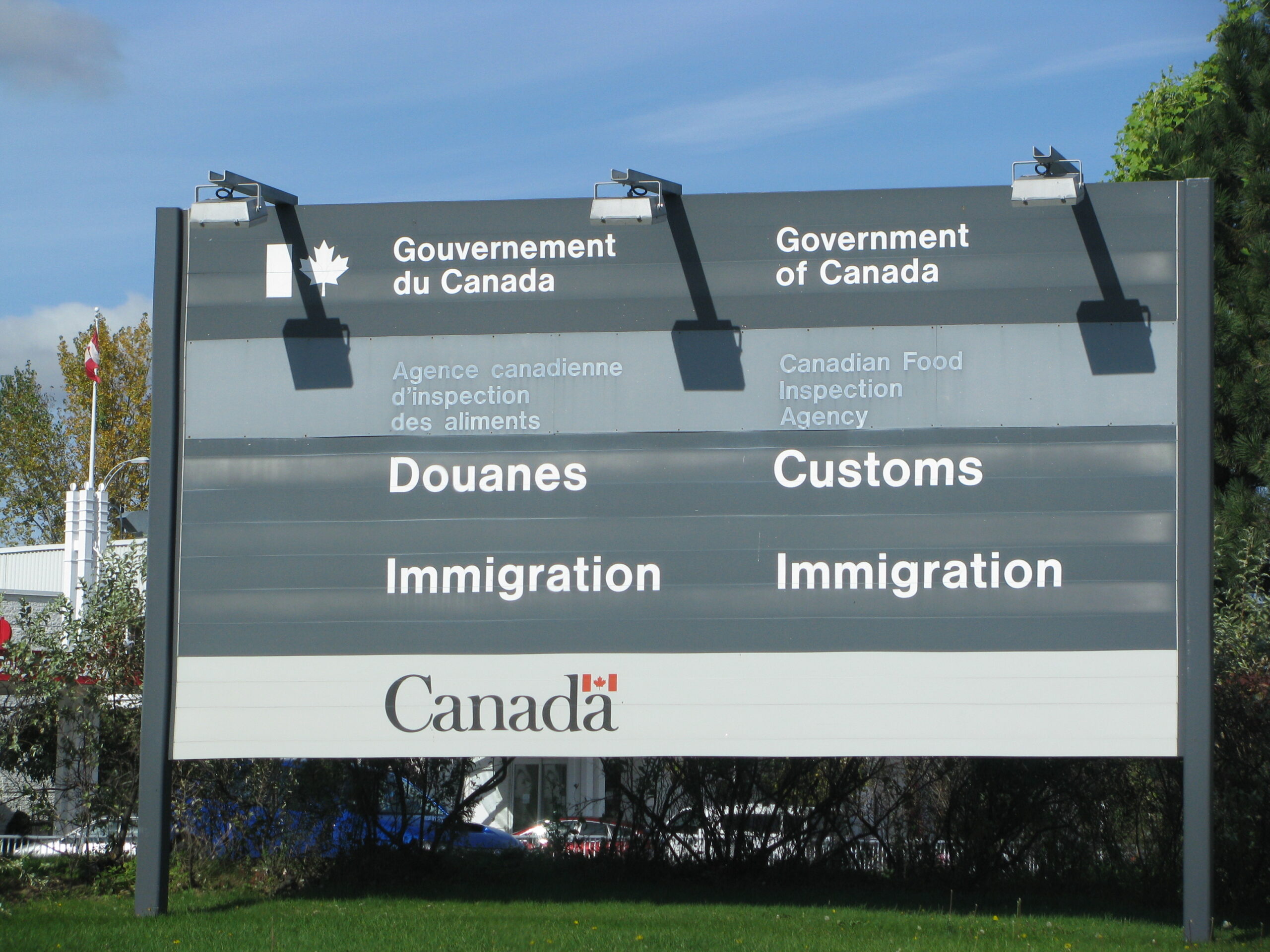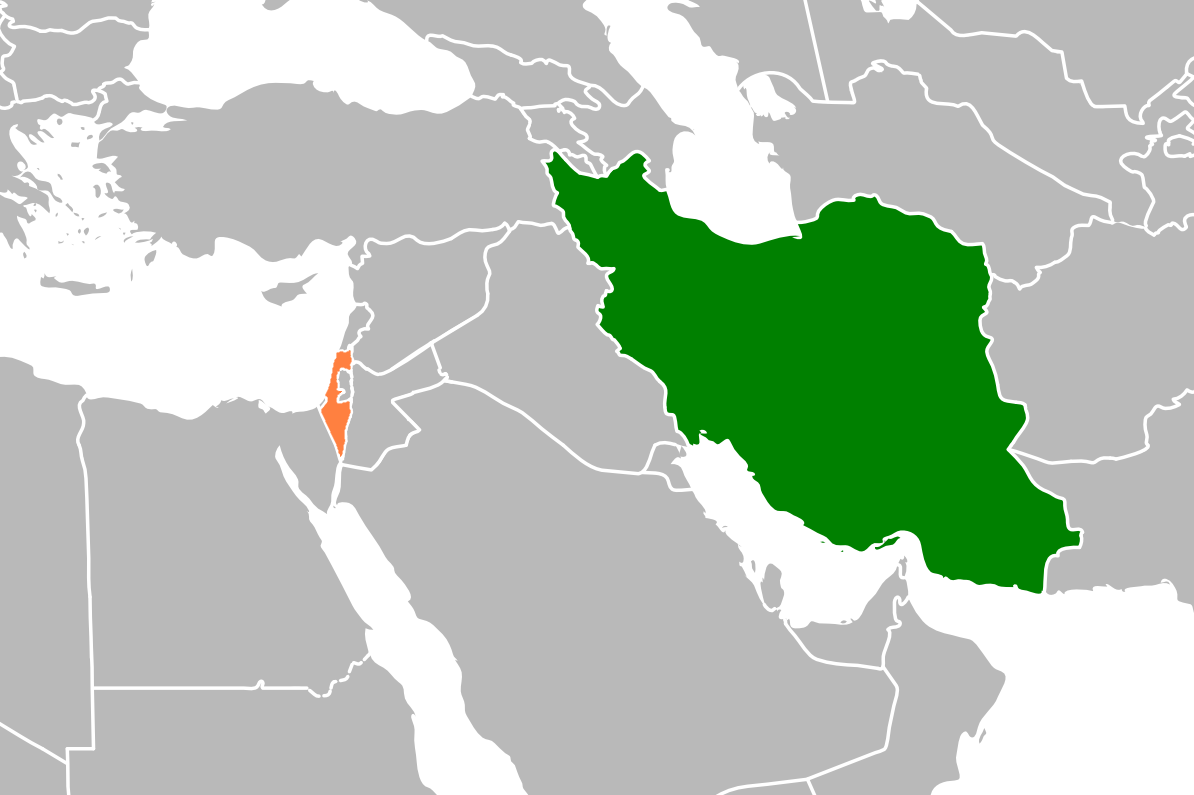Flood in Texas, USA: Their Causes,
Flooding is a persistent danger to the communities within Texas, one of the largest and most populous states in the United States. Floods, though infrequent in occurrence, often devastate local communities, destroying property and infrastructure, displacing families, and claiming lives.
The floods are increasingly devastating, and Texas, due to shifting climate patterns, over-urbanisation, and an increasing population, is now experiencing more frequent floods.
This article offers insight into the impact of community flood events on the economy, the reasons for their occurrence, and the measures that need to be taken to avert future flooding disasters in Kh
Weight, Rainfall, and Storm Occurrences
Heavy Rainfall and Storms
Texas is prone to hurricanes, thunderstorms, heavy seasonal rains, and tornadoes, all of which cause floods. All these pose a serious hazard sign due to tropical storms, hurricanes, thunderstorms, and even an early summer in Houston.
In addition, frequent thunderstorms adding gallons to showers in certain regions make UTC systems troublesome.
Many low-lying dam areas
1- located in suburban centres and urban zones, lie within flat regions close to water bodies.
2-These regions face the danger of floods since rainfall overwhelms areas, especially close to boundary zones. Additionally, floods have a profound impact on coastal and urban areas.
3- Flash floods pose a significant geological threat because the ground doesn’t absorb rainwater, resulting in rapid runoff.
3. Urban Development
With Texas’s population growth, cities have expanded, adding concrete structures such as buildings, roads, and parking lots, replacing areas that used to absorb water. Urban sprawl now causes decreased natural drainage and increased risk for flooding.
4. Climate Change
The change in climate conditions and their repercussions on weather patterns, such as floods, is the most pressing problem on our agenda. It is most evident in Texas today, as the storms occur with more intensity and for longer durations, resulting in catastrophic floods.
Recap Of Flood Incidents In Texas
Ladies and gentlemen, the entire world is fixated on Texas and the continuous floods and their consequences over the years. Below, I provide a brief account of some of the floods that attracted attention.
Hurricane Harvey (2017) :
Just like any other hurricane in this story, Hurricane Harvey had its share of victims, too. This cyclone will be long remembered for the tears and sorrow that it brought. Parts of Houston received over 50 inches of rain, which caused the drowning of more than 3000 schools, over 150,000 homes and $125 billion worth of destruction in cities bursting with life.
Dallas Floods (2022):
Major throughfares, including important highway and street intersections, were underwater, resulting in daily flash floods that severely impacted the city’s traffic conditions.
Central Texas Floods (2024):
This caused extensive flooding of homes, roads, and bridges. Heavy rainfall also increased the flow of rivers such as the Llano and Colorado.
The events above do not stand alone and repeatedly highlight the urgent problems that are creating a harsh reality for millions of residents in Texas.
Effects of Flooding on Communities
In Texas, flooding affects communities in numerous ways.
Life and Property
Flash floods are highly destructive and hard to anticipate. In recent years, many Texans have faced devastating losses of homes, cars, and even loved ones due to swift water surge disasters.
Economic Damages
Each year, Texas loses major infrastructure and productivity, estimated in billions, which poses a severe strain on the local and state economy.
Health Risks
Combining stagnant water and a contaminated supply creates an ecosystem reservoir for mould and bacteria, as well as numerous other risks.
Displacement and Emptiness
A large proportion of families lacking access to flood insurance face enormous challenges from flooding, which poses substantial social and economic problems.
Is Texas Ready to Face Further Flooding?
More can be done in Texas regarding proactive flood impact management and preparation.
The reconstruction of stormwater drains and sewage systems in flood-threatened areas like Houston, Dallas, and Austin.
Development restrictions for construction at homes deemed to be at risk of flooding can be controlled using updated floodplain maps.
Flood Alert Systems
Weather notifications and mobile alert systems should be improved, and real-time alerts must function for sirens.
Public Education
Residents are lacking education on evacuation routes and emergency supply kits. Thoughtful planning can save lives.
Create Green Infrastructure
Urban forestry, permeable pavements, and rain gardens can be implemented to further aid in water absorption and reduce surface runoff.
What Practices Can Residents Implement To Remain Safe?
Individual actions, while essential, are equally important. Texans can take the following actions to protect themselves:
- Acquire flood insurance even if it is not mandatory.
- Remain alert through weather notifications and official alerts.
- Form a plan with family and close neighbours.
Stock emergency kits containing water, medicine, food, and other supplies of necessity
Do not attempt to walk or drive through flooded regions; “Turn around, don’t drown”
Conclusion
Texas floods cannot be viewed as single climate disasters; they are symptoms of a deeper, systemic environmental and infrastructural problem that requires urgent action. The state needs to adapt to innovative urban development and design, as well as climate-resilient education, particularly in light of the consequences of climate change and ongoing reckless urban development.
Texas will face challenges from flooding for years to come. However, loss can be mitigated, and lives saved with proper community investment and awareness. Community action is needed now more than ever.






